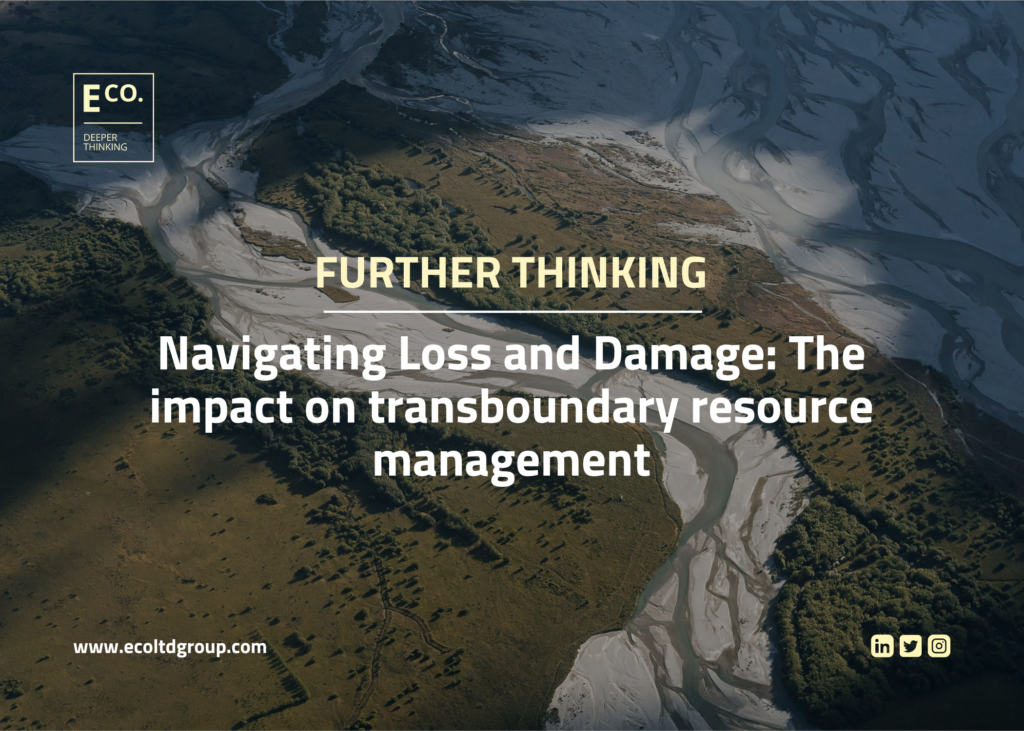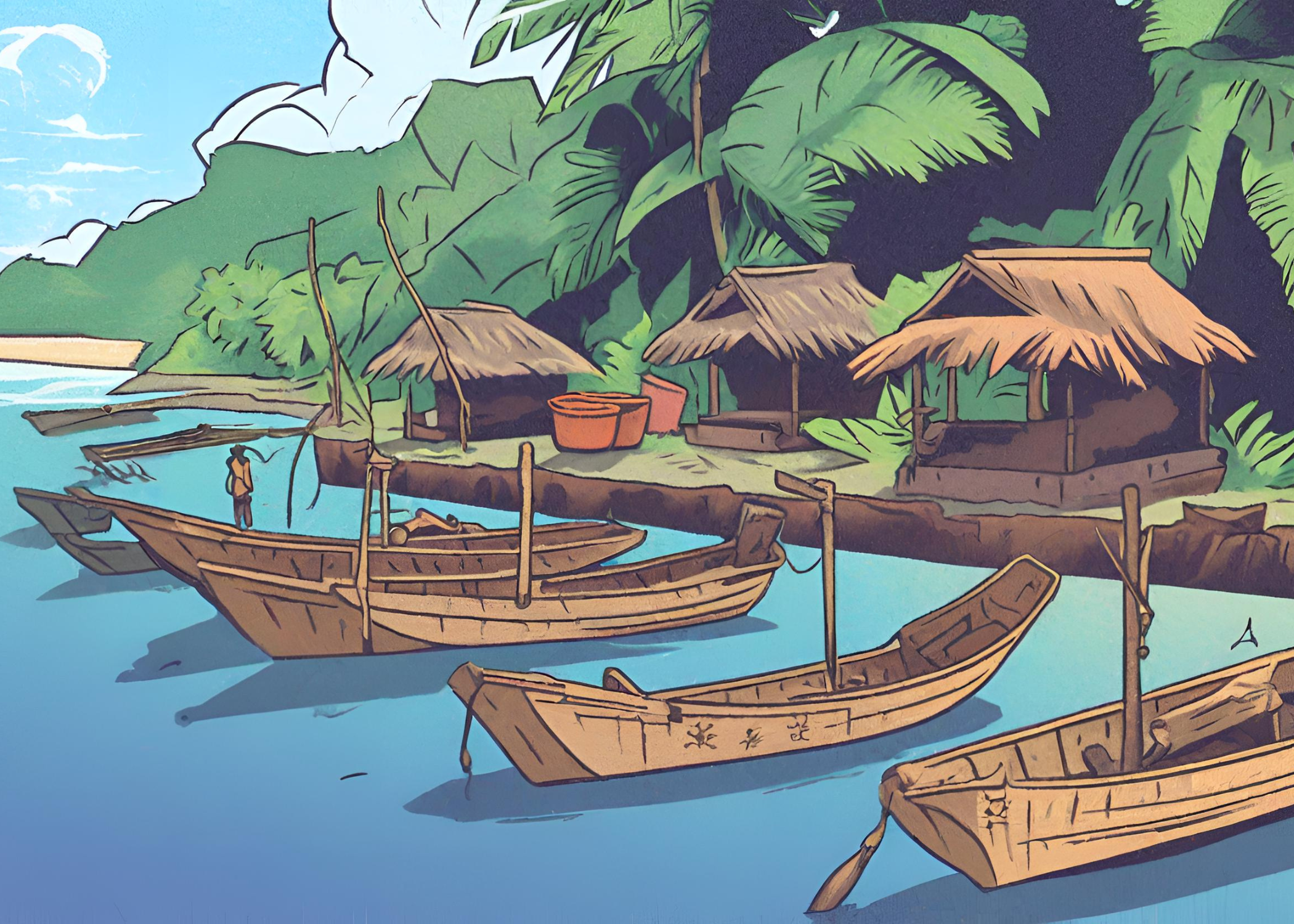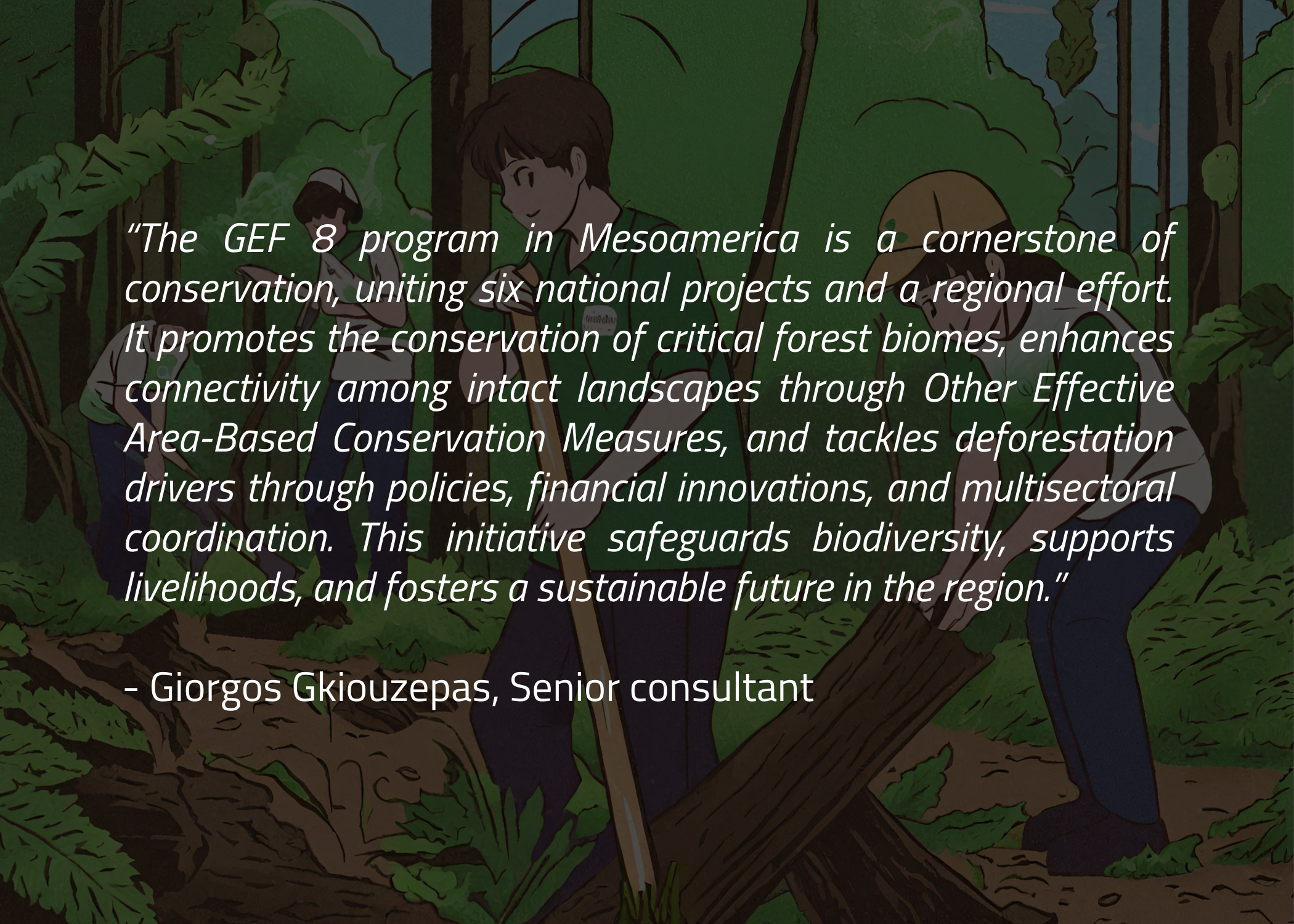Navigating Loss and Damage: The impact on transboundary resource management
2 April 2024, Category: All insights, News, Tags: climate change, fisheries, GEF, loss and damage, transboundary resource management

By Jack Cribb
In the complex rhizome of transboundary resource management, the impacts of loss and damage looms large, limiting the capacities of shared ecosystems and challenging collaborative efforts.
From dwindling fishing stocks to vanishing forests, the consequences of environmental degradation transcend political borders, posing complex challenges for nation states striving to sustainably manage their natural resources. Successful transboundary resource management has an important role to play in an increasingly globalised world, even helping to maintain peace across international borders.
In this article, we explore the profound impact of loss and damage on transboundary resource management, with a focus on key sectors/environments such as fisheries and forests, and discuss strategies to mitigate these challenges through cross-border cooperation and resilience-building initiatives.
In this article, we’ll cover:
- Understanding Loss and Damage
- Transboundary resource: The impact on fisheries
- Transboundary resource: Challenges in forest management
- Mitigation strategies through collaboration
- Building resilience through adaptation
- Transboundary resource management in action
Understanding Loss and Damage
The UN refers to Loss and damage as “the negative effects of climate change that occur despite mitigation and adaptation efforts.” These impacts manifest in various forms, including loss of biodiversity, degradation of ecosystems, and depletion of natural resources.
In the context of transboundary resource management, which can be defined as “any process of cooperation across boundaries that facilitates or improves the management of natural resources to the benefits of all parties concerned”, loss and damage pose significant challenges, as they undermine the resilience of shared ecosystems and disrupt the delicate balance of interdependent communities.
Transboundary resources: The impact on fisheries
The impact of loss and damage on transboundary fisheries is particularly pronounced, as overexploitation, habitat degradation, and climate change-induced shifts in ocean conditions threaten the sustainability of fish stocks. Shared water bodies, such as rivers, lakes, and oceans, are subject to competing demands from neighbouring countries, leading to conflicts over access to dwindling resources. It is has been found that internationally-shared fisheries suffer from a lower abundance of fish than those found in single Exclusive Economic Zones (EEZ).1
Moreover, the loss of key marine habitats, such as coral reefs and mangrove forests, further exacerbates the vulnerability of fish populations, undermining the livelihoods of coastal communities reliant on fishing for sustenance and income. Solving the issue of overexploitation within fisheries could result on an estimated increase in 17 million metrics tons more fish in the ocean.2
Climate change will impact the efficacy of fishing worldwide, resulting in reduced catches and the loss of traditional fishing grounds. This has resulted in calls being made to include small-scale fisheries in the focus of the recently-established Loss and Damage Fund, with the research and innovation organisation WorldFish stressing “the need for straightforward access and rapid disbursement of grants, especially for marginalised communities like small-scale fisherfolk.”3
Key recommendations for fisheries
There are several implementations that can be utilised to aid fisheries:
- Develop specific Loss and Damage mechanisms that provide for small and medium-scale fisheries in communities dependent on marine economy.
- Boosting South-South collaborative initiatives for the rapid adoption of climate-resilient fisheries management.
- Increasing investments in sustainable aquatic food systems to harness their mitigation potential.
Transboundary resources: Challenges in forest management
Forests existed long before the concept of international borders were developed. Each type of forest, be it old growth coastal redwood or tropical mangrove, provides a series of distinct and pivotal ecosystem services in the areas they exist, services that can be classed as a natural resource for the environmental benefits they guarantee.
Loss and damage also pose significant challenges for transboundary forest management, as deforestation, illegal logging, and wildfires ravage shared forest ecosystems. The loss of forest cover not only diminishes biodiversity and disrupts ecosystem services but also contributes to carbon emissions and exacerbates climate change impacts.
Alongside these problems, the encroachment of agricultural expansion and infrastructure development across borders further fragments forest landscapes, impeding efforts to conserve and restore critical habitats.
If a Loss and Damage Fund is to be successful, it must account for the impacts of climate effects on forest areas, collaborating with the communities and experts that work towards their protection.
Mitigation strategies through collaboration
Addressing loss and damage in transboundary resource management requires concerted efforts and innovative solutions that transcend the conceptual borders imposed by national governments. Collaborative initiatives, such as joint fisheries management agreements and transboundary protected area networks, can enhance the resilience of shared ecosystems and promote sustainable resource use.
By fostering dialogue, sharing data and best practices, and coordinating conservation efforts, neighbouring countries can better address common challenges and mitigate the impacts of loss and damage on transboundary resources.
Building resilience through adaptation
In addition to collaborative mitigation efforts, building resilience through adaptation is crucial for coping with the impacts of loss and damage on transboundary resource management. This entails enhancing the adaptive capacity of communities, improving early warning systems for natural disasters, and investing in sustainable land and water management practices.
By integrating climate resilience into transboundary resource management strategies, nations can better withstand environmental shocks and safeguard the integrity of shared ecosystems for future generations.
Toward a resilient future for transboundary resource management
As the impacts of loss and damage continue to manifest across shared ecosystems, the imperative of transboundary resource management becomes ever more pressing. By recognising the interconnectedness of environmental challenges and embracing collaborative approaches, nations can chart a course toward a more resilient future. Through collective action, innovative solutions, and a commitment to sustainability, we can mitigate the impacts of loss and damage on transboundary resources and ensure the long-term health and vitality of our planet’s precious natural heritage.
Transboundary resource management in action
In 2023, we began supporting the IUCN in carrying out and leading the development of the GEF project “El Salvador Mesoamerica Forest child project”. This project enacts transformational change by promoting the conservation of forests in the Trifinio Fraternidad Transboundary Biosphere Reserve through a set of targeted interventions to address the main drivers of deforestation and forest degradation. This project is part of the five Integrated Programmes (IP) formulated under the GEF 8 Programmatic Directions and focusing on the Amazon basin, Guinean forests, Indo-Malaya forests, Congo basin forests, and Mesoamerican forests.
The main objective of which is to reduce and reverse loss and degradation of critical remaining primary forests in the region by promoting a strengthening and enhancement of national and regional enabling conditions for primary forest conservation through coordinated interventions and supporting strengthened capacities, governance, protection, mobilisation of funding, exchange and awareness raising.
Keep up-to-date with climate finance know-how
Looking for insight into climate finance? Look no further
Get in touch with our climate finance consultants to discuss a project you’re working on and create successful, fit-for-purpose projects, now and in the future. Email us at: amy@ecoltdgroup.com or find us at the following:
Twitter: @ecoltdnews
LinkedIn: E Co.
Instagram: @ecoltdnews
References
- Lui, Molina, 2021. The Persistent Transboundary Problem in Mari.ne Natural Resource Management. Available online at: <https://www.frontiersin.org/articles/10.3389/fmars.2021.656023/full
- ibid.
- WorldFish, 2023. WorldFish Calls for Small-Scale Fisheries’ Inclusion in COP28 Loss and Damage Fund. Available at: <https://worldfishcenter.org/press-release/worldfish-calls-small-scale-fisheries-inclusion-cop28-loss-and-damage-fund>




Join the conversation by posting a comment below. You can either use your social account, by clicking on the corresponding icons or simply fill in the form below. All comments are moderated.